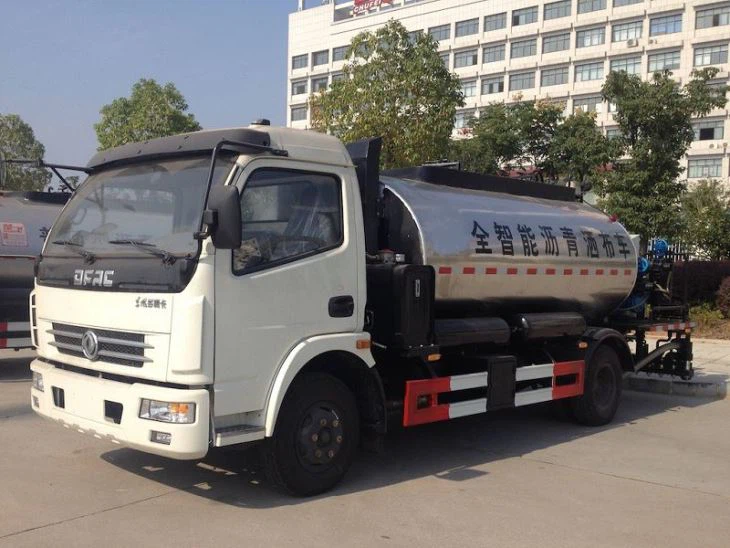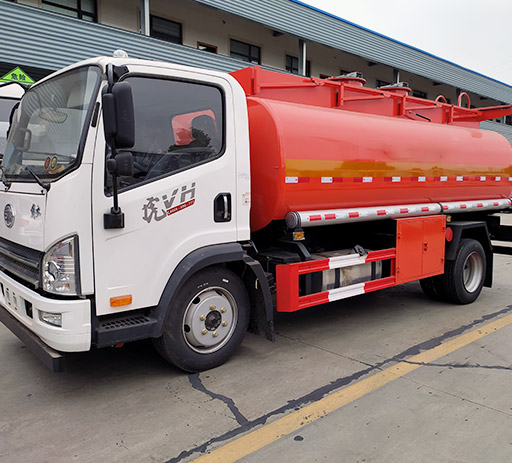Understanding Mini Truck Cranes: A Complete Guide

Mini truck cranes are compact lifting machines ideal for urban environments, construction sites, and industrial applications. This article delves deep into the world of mini truck cranes, exploring their features, benefits, applications, and tips for use.
What is a Mini Truck Crane?
A mini truck crane is a versatile, mobile lifting solution mounted on a small truck chassis. These cranes combine the capability of a traditional crane with the mobility and compact design of a truck, allowing for efficient transportation and operation in tight spaces. They are typically powered by diesel or hydraulic systems.
Features of Mini Truck Cranes
- Compact Size: Designed to maneuver in tight spaces.
- Lightweight: Generally lighter than traditional cranes, enabling transportation without special permits.
- Versatility: Can perform various lifting tasks suitable for diverse industries.
- Easy Operation: Designed for ease of use with simple controls.
Types of Mini Truck Cranes
| Type | Description | Typical Load Capacity |
|---|---|---|
| Knuckle Boom Crane | Features a jointed arm for flexible lifting. | Up to 10 tons |
| Straight Boom Crane | Has a straight arm, ideal for heavy lifting. | Up to 20 tons |
| Telescoping Crane | Utilizes a retractable arm for extended reach. | Up to 15 tons |
Advantages of Mini Truck Cranes
1. Cost-Effective
Mini truck cranes are generally more affordable than larger cranes, making them an attractive option for businesses that require occasional lifting capabilities.
2. Enhanced Mobility
The compact nature and truck base allow easy transportation to different job sites without the need for a trailer.
3. Less Space Requirement

Due to their smaller footprint, mini truck cranes require less space for operation, making them perfect for urban construction or maintenance tasks.
4. Lower Operating Costs
Mini truck cranes often have lower fuel consumption and maintenance costs compared to larger models.
Applications of Mini Truck Cranes
Construction Sites
Mini truck cranes are ideal for lifting heavy materials like steel beams, concrete blocks, and roofing materials in construction sites where space is constrained.
Utilities and Infrastructure Maintenance
Utilities often utilize mini truck cranes for replacing poles, fixing power lines, or installing street lights, thanks to their maneuverability and reach.
Landscaping
These cranes are also employed in landscaping tasks, such as moving trees or installing heavy garden features, making the work easier and more efficient.

Warehouse Operations
In warehouses, mini truck cranes can assist in organizing goods, loading and unloading trucks, and transporting heavy equipment.
How to Operate a Mini Truck Crane Safely
1. Training and Certification
Ensure that operators are trained and certified for safe crane operation. Understanding the equipment is vital for preventing accidents.
2. Conducting Pre-Operational Checks
- Inspect the crane for damage.
- Check fluid levels and ensure all safety features are functional.
3. Understanding Load Limits
Always adhere to the manufacturer’s specified load capacity to avoid tipping or mechanical failure.
4. Using Proper Slings and Rigging
Select appropriate slings and rigging equipment suited for the load being lifted to ensure safety.
Maintenance Tips for Mini Truck Cranes
1. Regular Inspections
Schedule frequent inspections to check for wear and tear, ensuring that all components are functioning correctly.
2. Lubrication
Keep moving parts well-lubricated to reduce friction and prevent damage over time.
3. Cleanliness
Regularly clean the crane to remove dirt and debris, which can impact performance and lead to corrosion.
4. Address Issues Promptly
If issues arise, such as unusual noises or operational troubles, have the crane evaluated by a professional as soon as possible.
Cost Considerations for Mini Truck Cranes
1. Purchase Price
The purchase price can range from $20,000 to $100,000 depending on the model, features, and load capacity.
2. Operational Costs

Consider fuel consumption, maintenance, insurance, and operator salaries when budgeting for operational costs.
3. Rental vs. Purchase
For occasional use, renting a mini truck crane could be more cost-effective than purchasing, saving on maintenance and storage costs. Rental rates may vary from $200 to $1,000 per day depending on the model and location.
Choosing the Right Mini Truck Crane
1. Assessing Your Needs
Consider the typical loads you’ll be lifting and the types of jobs you will be performing to determine the right capacity and type of crane.
2. Manufacturer Research
Research different manufacturers and review their reputations for quality, reliability, and customer service.
3. Test Drive
Whenever possible, test the crane to evaluate its performance and ease of use before making a purchase.
FAQ Section
1. What is the typical load capacity of a mini truck crane?
Most mini truck cranes have load capacities ranging from 1 ton to 20 tons, depending on the model.
2. How do I obtain training for operating a mini truck crane?
Look for local vocational schools, community colleges, or training organizations that offer crane operation courses and certification programs.
3. Are mini truck cranes road legal?
Yes, provided they meet specific regulations regarding size and weight. However, check local laws as they can vary by area.
4. How often should I perform maintenance on my mini truck crane?
Conduct regular inspections after every use, and schedule more comprehensive maintenance at least every three months or according to the manufacturer’s guidelines.
5. Can I rent a mini truck crane for short-term projects?
Yes, many equipment rental companies offer mini truck cranes for daily or weekly rental, making them accessible for short-term projects.
6. What safety features should a mini truck crane have?
Essential safety features include load indicators, anti-two block systems, and emergency shut-off controls to prevent accidents during operation.
